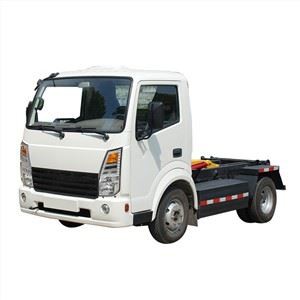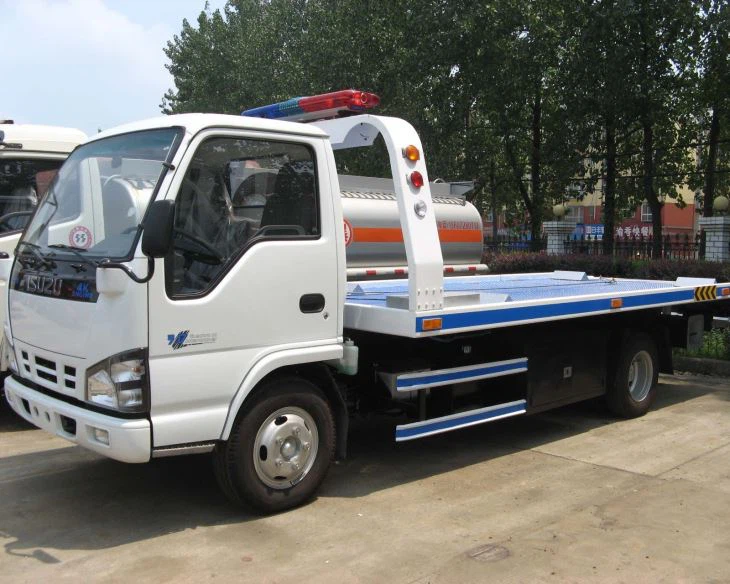Maximizing Efficiency with PTR Baler & Compactor: The Ultimate Guide

In today’s fast-paced world, waste management has become increasingly important for businesses and industries of all sizes. The PTR baler & compactor stands out as a vital tool that enhances waste disposal efficiency while promoting sustainability. This comprehensive article delves into the ins and outs of PTR balers and compactors, covering everything from their functions and benefits to practical tips for their effective use.
Understanding PTR Balers & Compactors
What is a PTR Baler?
A PTR baler is a machine used for compressing various materials—like cardboard, paper, and plastics—into neat bales for easier handling and transportation. These bales can significantly reduce the volume of waste generated, making recycling and disposal more efficient.
What is a PTR Compactor?
A PTR compactor, on the other hand, compresses waste materials within a container to maximize space. This can include organic waste, metals, or general refuse. By compacting waste, businesses can reduce the number of pick-ups required, ultimately saving on transportation costs and minimizing their carbon footprint.
Benefits of PTR Balers & Compactors
1. Space Efficiency
PTR balers and compactors effectively reduce waste volume, leading to less frequent pickups and optimized space utilization.
2. Cost Savings
By minimizing waste disposal costs and transportation fees, using PTR machines can yield significant financial savings for businesses.
3. Environmental Impact
Recycling and reducing waste contribute to lowered landfill use, aiding in environmental conservation efforts.
4. Improved Safety
Reducing loose waste on-site decreases the risk of accidents, leading to a safer work environment for employees.

5. Better Organization
Baling and compacting waste helps in maintaining a well-organized workplace, leading to improved operational efficiency.
Types of PTR Balers & Compactors
1. Vertical Balers
Vertical balers are compact machines designed mainly for small to medium volumes of waste. They offer a simple operation and are valuable for businesses with limited space.
2. Horizontal Balers
Horizontal balers are larger and designed for higher volumes of waste. They are often used in large industrial or commercial settings due to their higher capacity.
3. Stationary Compactors
Stationary compactors are fixed installations primarily used to compress large quantities of waste. They are more suited for larger businesses that deal with significant amounts of waste on a daily basis.
4. Portable Compactors
Portable compactors offer added flexibility as they can be moved to different locations, making them ideal for businesses that process waste in various areas.
How PTR Balers Work
Step-by-Step Process of Balers
- Material Loading: Material is manually or automatically loaded into the baler.
- Compression: The baler compresses the material using hydraulic pressure.
- Bale Formation: Once compressed, the machine binds the materials into bales.
- Discharge: The operator removes the finished bale for storage or transport.
How PTR Compactors Work
Step-by-Step Process of Compactors
- Loading Waste: Waste is loaded into the compactor container.
- Compaction: The compactor compresses the waste, reducing its volume.
- Discharge: The compacted waste can then be removed or sent for disposal when full.
Practical Tips for Using PTR Balers and Compactors
1. Regular Maintenance
To ensure the longevity and efficiency of your PTR machines, conduct regular maintenance checks, addressing any issues immediately.

2. Proper Loading Techniques
Load materials loosely in the baler or compactor for even compaction, avoiding blockages or ineffective compressions.
3. Choosing the Right Machine
Select a baler or compactor that best fits your business needs, considering factors like volume and space constraints.
4. Staff Training
Training staff on the proper use and safety measures concerning balers and compactors can prevent accidents and enhance efficiency.
Case Studies of Successful PTR Implementations
1. Retail Store Efficiency
A major retail chain implemented vertical balers to manage cardboard waste, reducing their waste volume by 75% and lowering collection frequency, leading to substantial cost savings.
2. Manufacturing Plant Optimization
A manufacturing company adopted horizontal balers, which allowed them to process thousands of pounds of plastic waste weekly, drastically improving their recycling rates and overall sustainability efforts.
Frequently Asked Questions (FAQ)
1. What materials can I use in a PTR baler?
PTR balers are typically used for materials such as cardboard, paper, plastics, and metals, depending on the model.
2. How often should I compact my waste?
The frequency of compacting waste typically depends on your waste generation rate. Regular checks can help determine optimal times for compaction.
3. Are PTR balers and compactors safe to operate?
Yes, when used correctly and with proper training, PTR balers and compactors are safe. It’s essential to follow safety guidelines and operate under supervision if needed.

4. What is the difference between a baler and a compactor?
A baler compresses recyclable materials into bales, while a compactor reduces the volume of waste for efficient disposal or transport.
5. How do I choose the right PTR machine for my business?
Evaluate the types and volumes of the waste generated, available space, and budget considerations. Consult with PTR specialists for tailored advice.
6. Can I use PTR machines for organic waste?
While PTR balers are ideal for recyclables, compactors are suitable for organic waste, helping to reduce volume before disposal.
Conclusion
Understanding the functionalities and benefits of PTR balers and compactors can transform your waste management strategies. By maximizing efficiency and reducing operational costs, businesses can contribute to a more sustainable future while streamlining their waste disposal processes.
